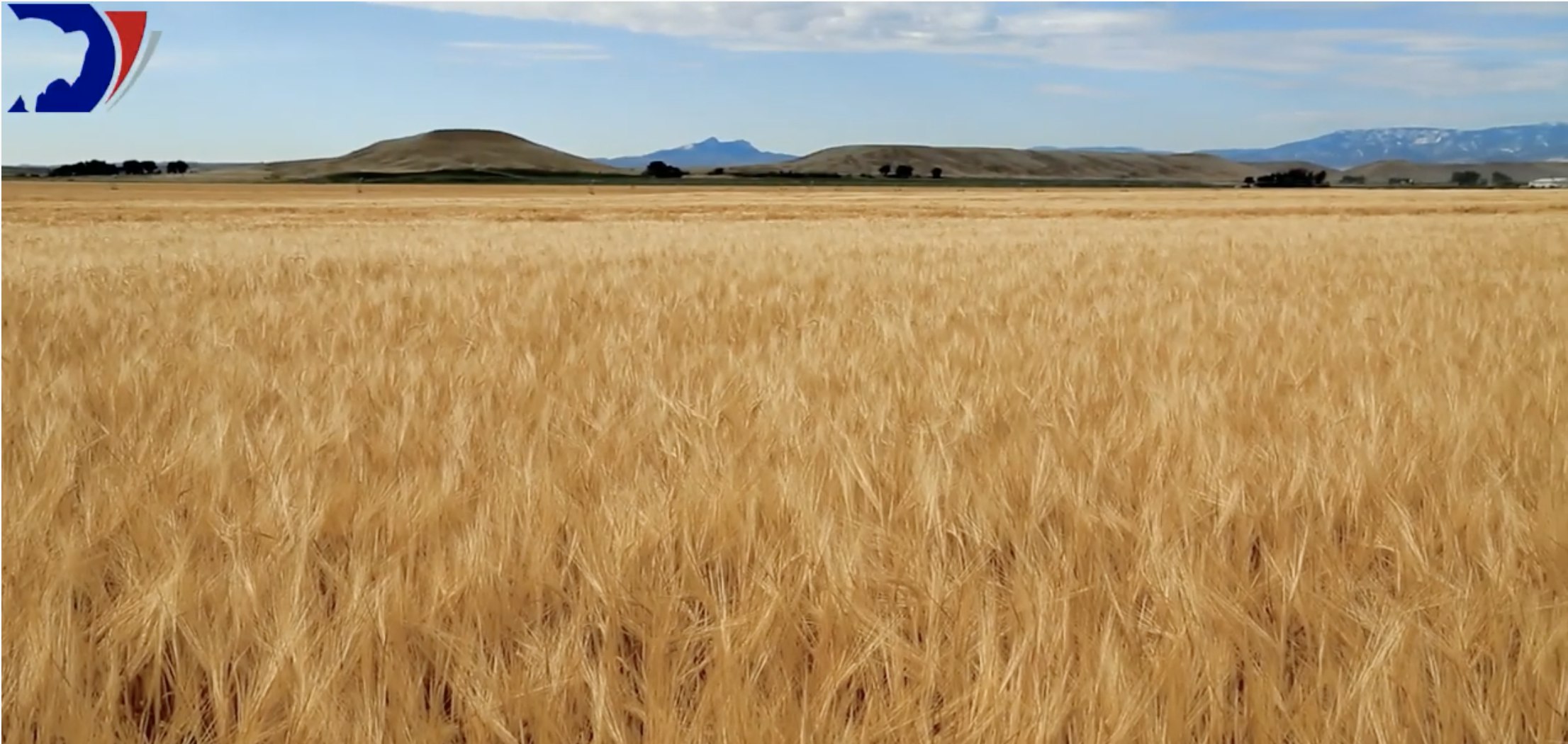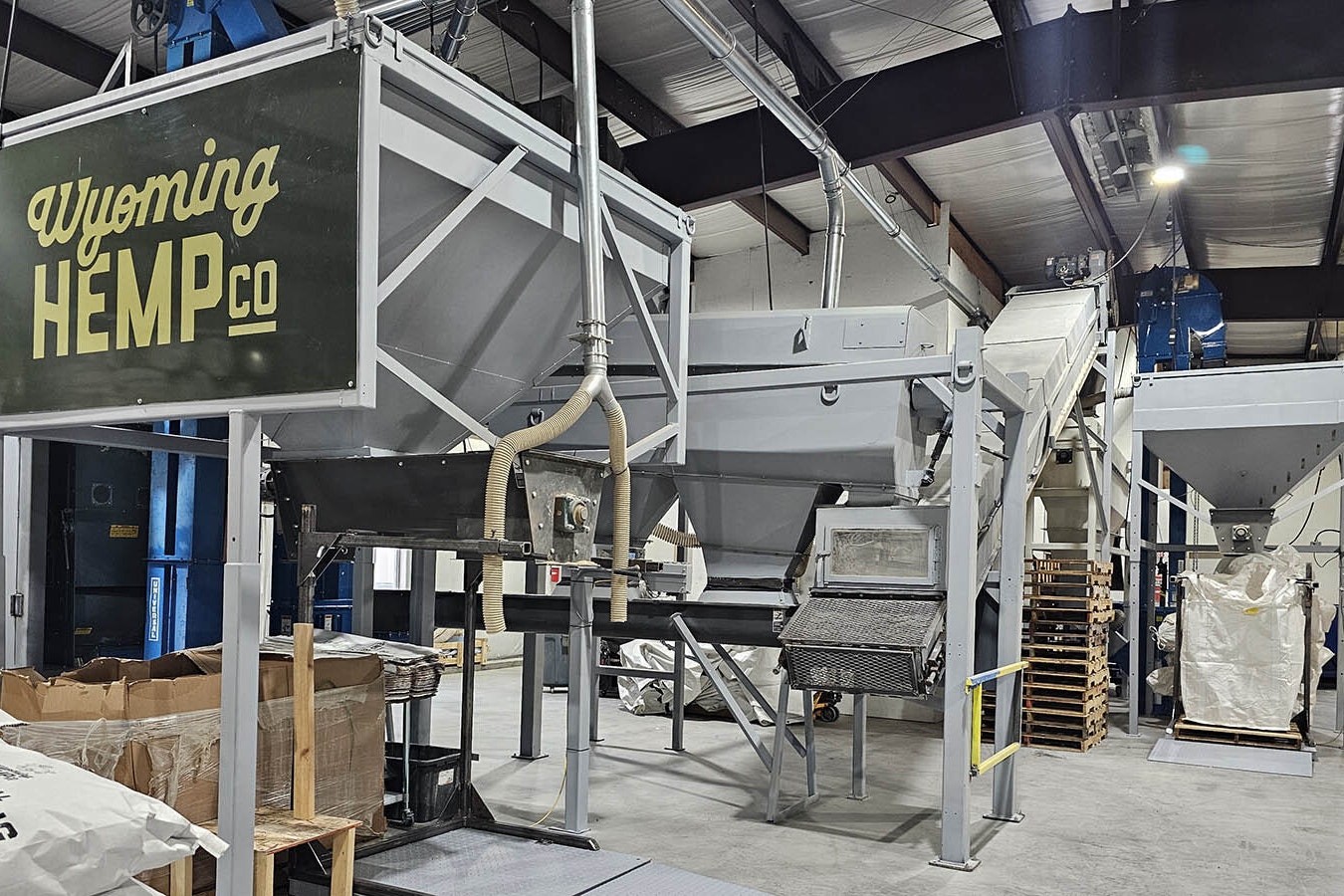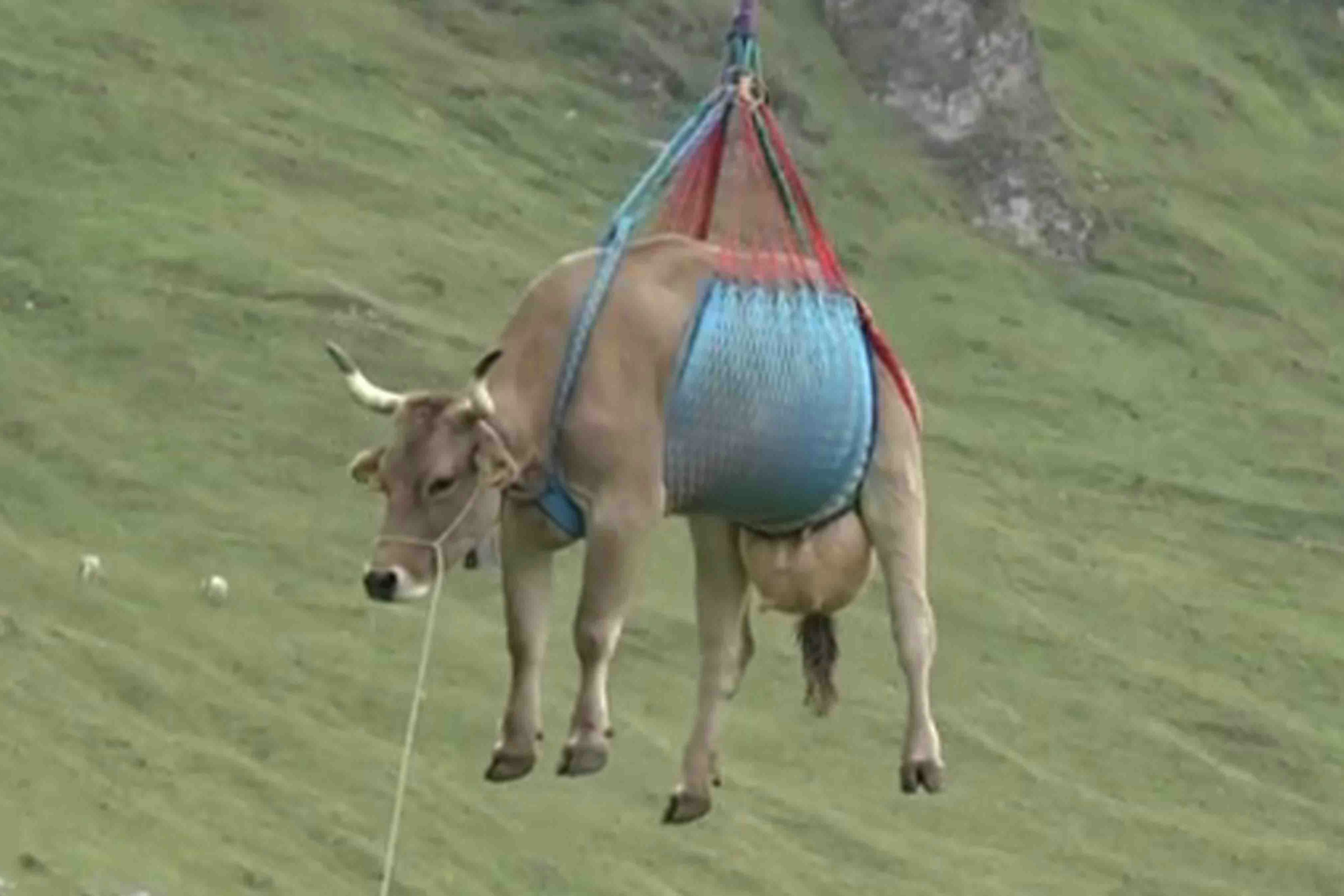Some brewmasters in the Bighorn Basin are using barley from nearby fields in their products — shipped by way of Wisconsin.
Some of the basin’s barley growers sell their grain to Briess, a malting company based in Wisconsin. Briess malts the barley in Wisconsin and returns the malt to Wyoming, where area brewers use it in their beer.
The barley produced in the basin is consistently high in quality, said Rick Redd, regional manager for Briess, making it very attractive for use in malting.
“We’re in a high mountain desert, which has very little (precipitation), which means the barley doesn’t get a lot of rain on the plants during the growing season,” he said. “The growers control the water they put on it through irrigation.”
Fred Hopkins, who grows a number of crops including barley at his basin farm, agreed the quality of the basin’s barley is good.
“It’s fairly consistent,” he said. “It’s very rare that we have quality issues with our barley. I don’t know if it’s the climate, the irrigation, our soils or maybe a combination of all three.”
Briess uses barley from across the country to create the malt used by 85 percent of the nation’s craft brewers, Redd said.
Malt is made by wetting barley to begin the germination process, which converts the grain’s starches into sugar. The germination process is halted by drying before the malt is shipped back to brewers.
Bart Fetzer, of the WyOld West Brewery in Powell, said he likes to use Briess’ product both because of quality and because it comes from local farmers.
“It’s also about giving back to the local community, keeping the money here instead of sending it all out somewhere else,” he said. “We support the local farmers. We brew here with Briess grains and then when it’s all done, the spent grain goes into tubs and we give it to local cow farmers. So it’s kind of a circle of life kind of thing.”





